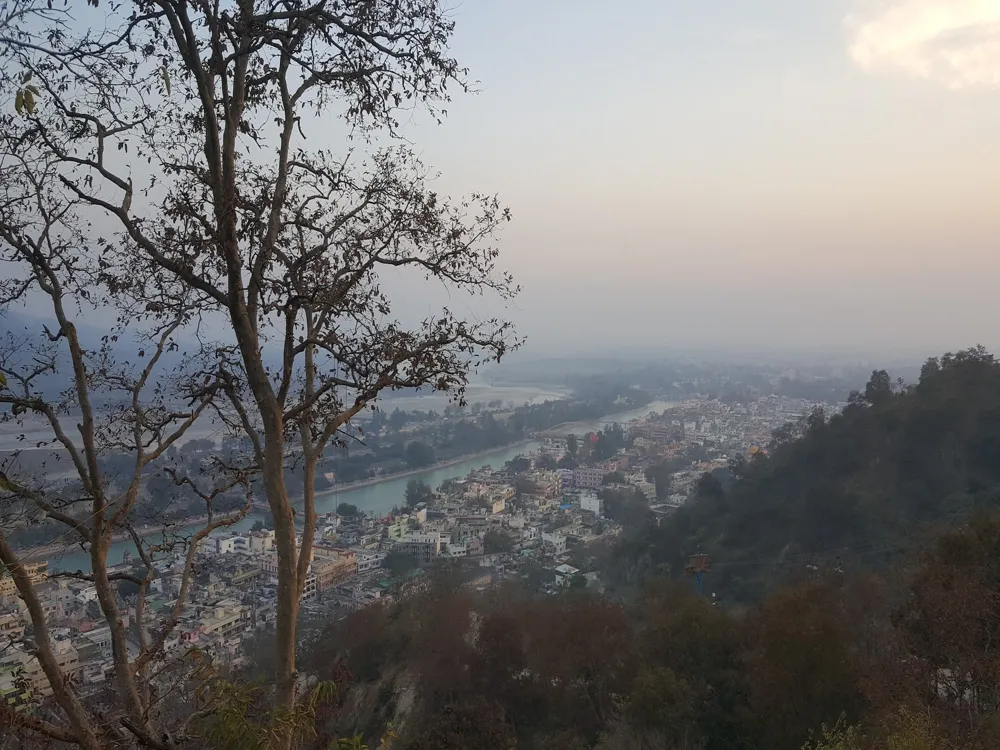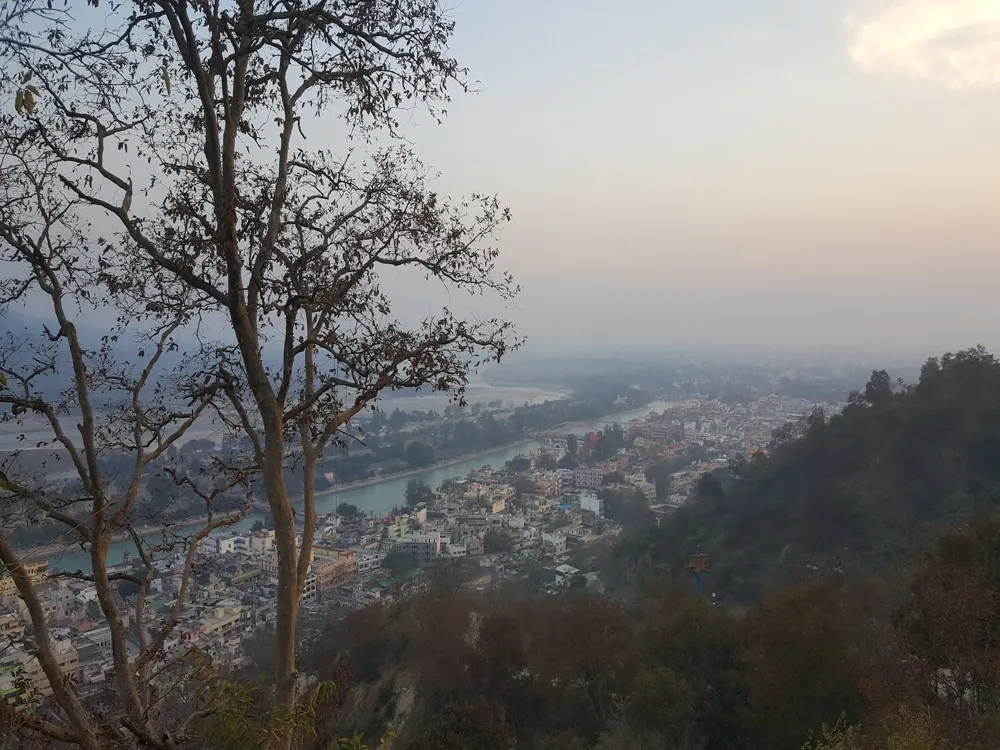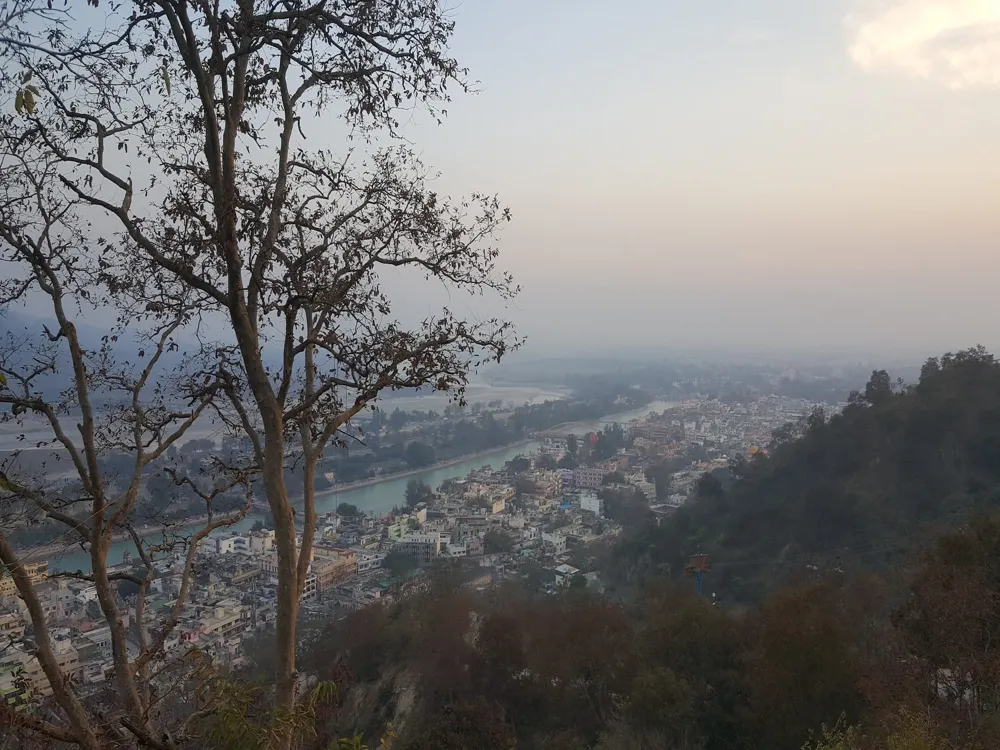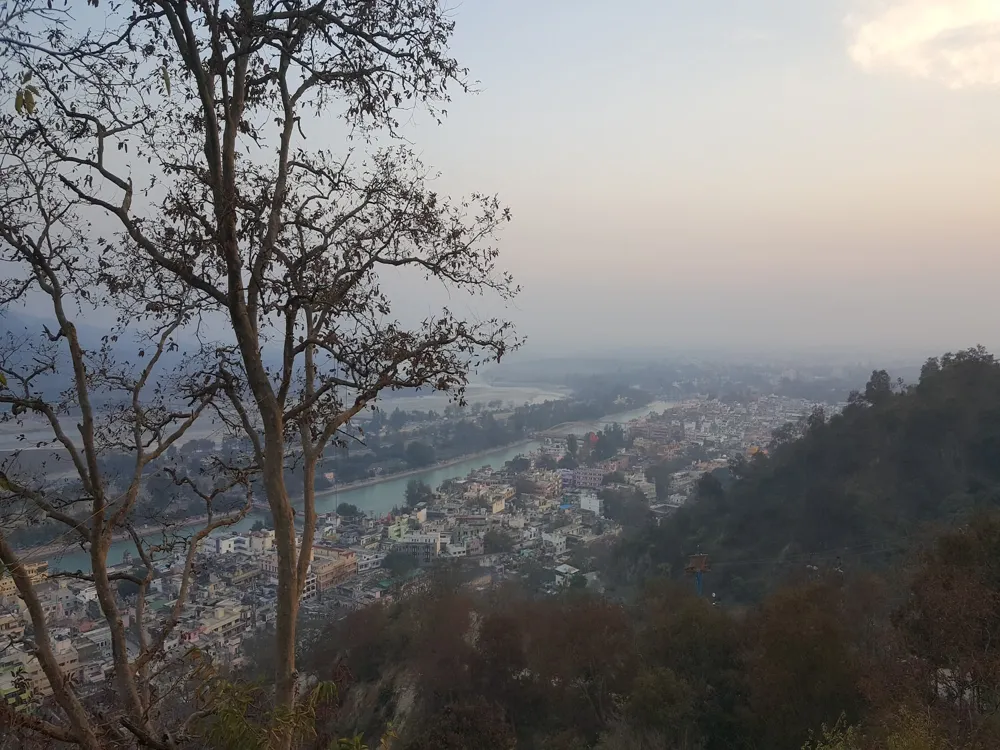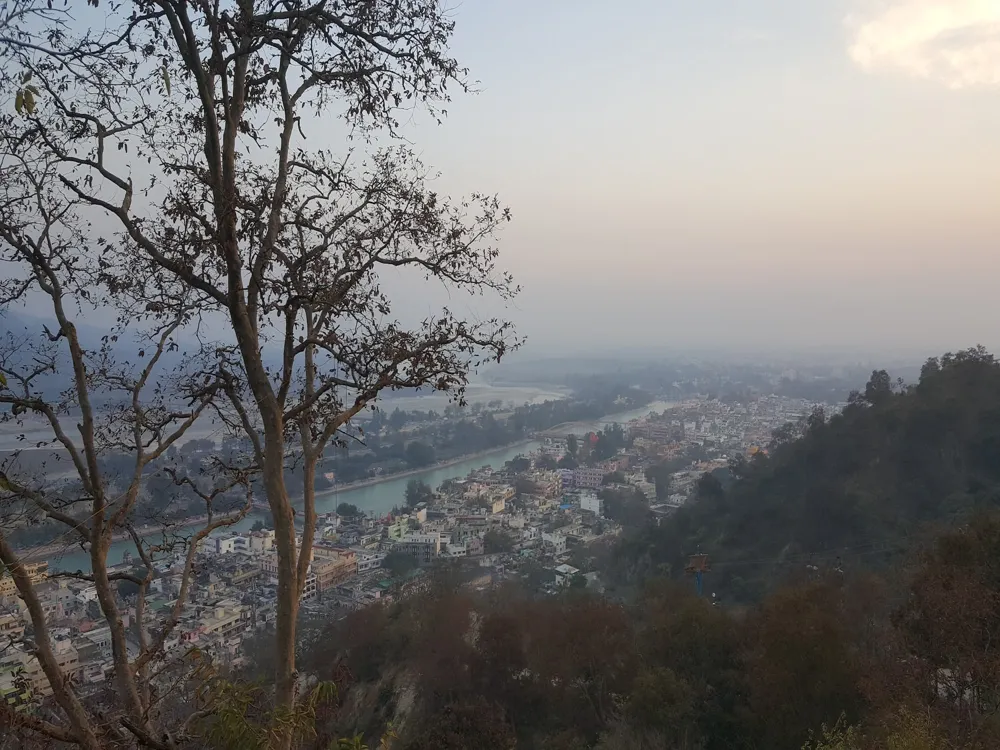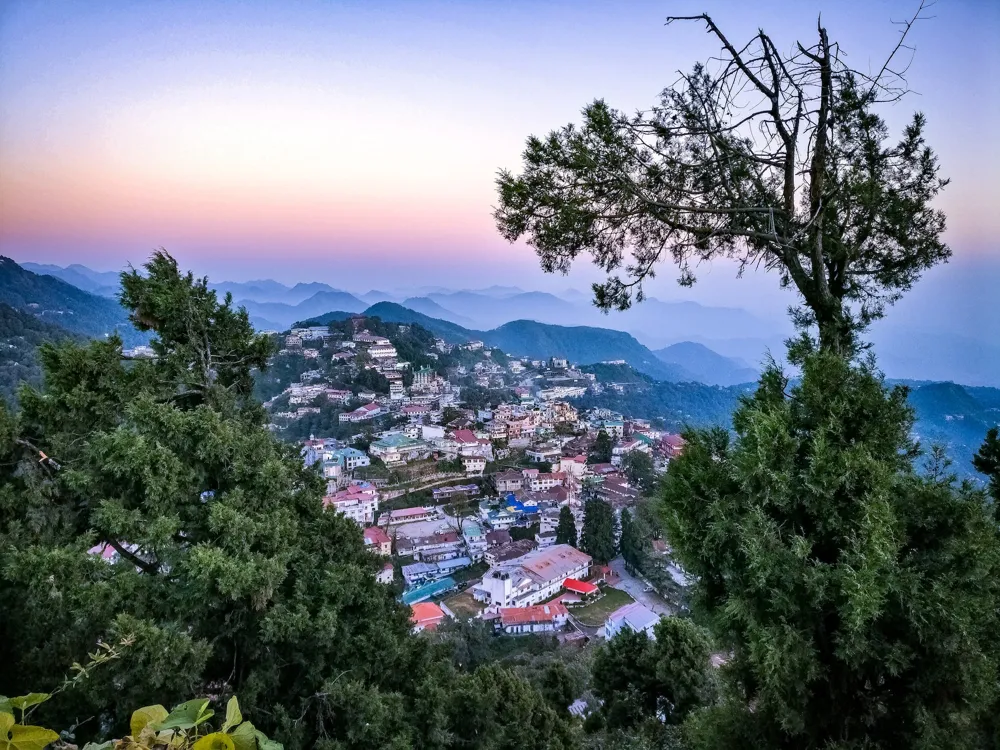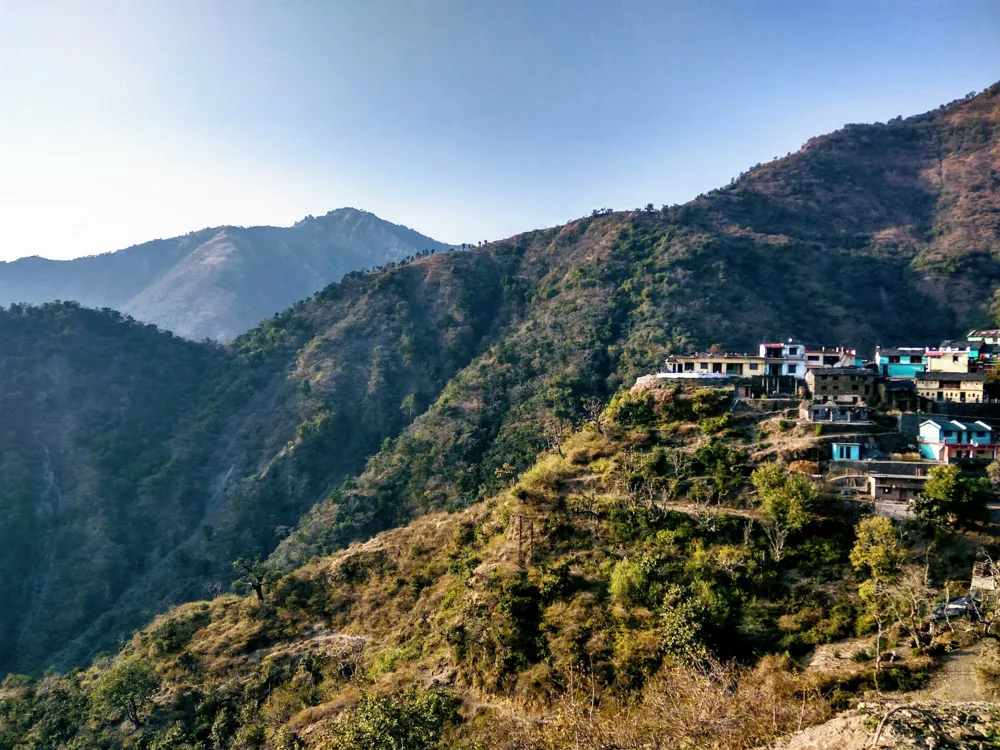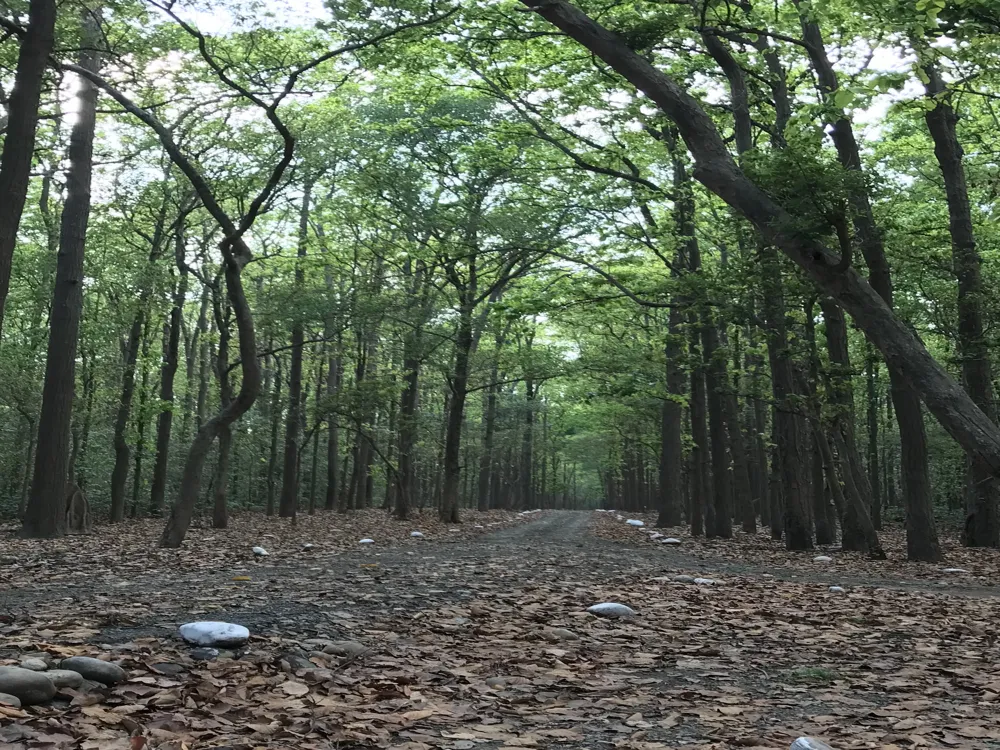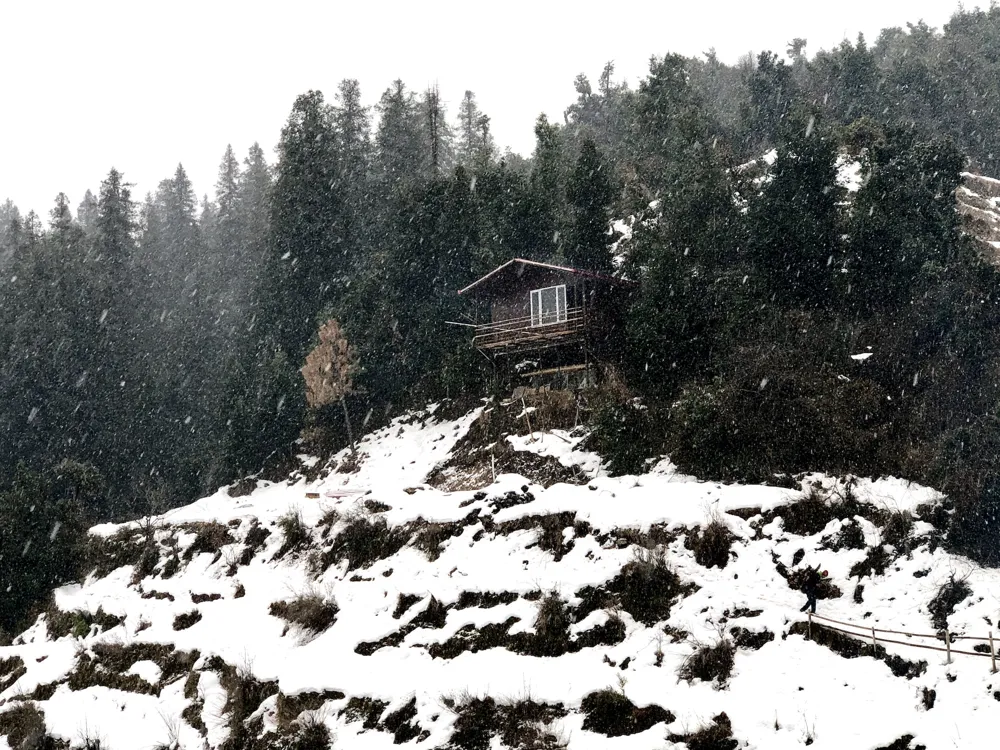Haridwar, a sacred city in Uttarakhand, India, stands as a timeless testament to spiritual beliefs and cultural richness. Nestled in the foothills of the Himalayas, Haridwar, meaning 'Gateway to God,' is revered as one of the seven holiest places in Hinduism. The city, cradling the holy river Ganges, attracts millions of pilgrims and tourists seeking spiritual solace, making it a mosaic of diverse cultural practices and mythological legacies.
The history of Haridwar dates back to ancient times, mentioned in several Hindu scriptures. It is believed to be the spot where the celestial bird Garuda dropped Amrit, the elixir of immortality, making it a ground for the famous Kumbh Mela every twelve years. This festival, one of the largest congregations of humans on earth, is a vivid spectacle of faith and spirituality. The daily ritual of Ganga Aarti at the Har Ki Pauri ghat is a mesmerizing experience, where the river is worshipped amidst chants and the flickering of countless lamps.
Haridwar's landscape is a canvas of natural beauty and spiritual landmarks. The city is dotted with numerous temples, ashrams, and ghats, each with its own story. The Mansa Devi and Chandi Devi Temples, situated atop adjacent hills, are renowned for their panoramic views and cable car journeys. Moreover, Haridwar serves as a gateway to other prominent religious destinations such as Rishikesh, Badrinath, and Kedarnath.
The city is not only about spirituality; it's a blend of history, culture, and nature. The Rajaji National Park, a few kilometers from Haridwar, offers a glimpse into India's rich wildlife and ecosystem. Haridwar's cuisine, marked by its simplicity and flavors, reflects the essence of this holy city. Traditional dishes and street foods offer a delightful experience for food enthusiasts. The local markets, bustling with activity, provide a variety of religious artifacts, souvenirs, and handicrafts, showcasing the artisans' skill and creativity.
Haridwar, with its spiritual aura, historical significance, and natural beauty, promises an enlightening and serene experience. It's a city where the ancient and the modern coexist, where the spiritual quest finds its path, and where every corner tells a story.
Haridwar, a city steeped in spirituality and history, boasts an architectural landscape that is as diverse as its cultural fabric. The architecture of Haridwar is not just about structures; it is a reflection of the city's religious significance and the ever-evolving journey of Indian craftsmanship. From ancient temples to colonial bridges, the city presents a unique blend of architectural styles that narrate the stories of different eras.
The temples of Haridwar are architectural marvels that exhibit a range of styles from various periods. The iconic Har Ki Pauri, the most famous ghat in Haridwar, is a splendid example of traditional Indian architecture. The ghat, with its large steps leading to the holy river Ganges, is a focal point of religious activities. The evening Ganga Aarti at Har Ki Pauri is a spectacle where the architecture amplifies the spiritual experience, with its reflections shimmering in the river waters.
Another gem in Haridwar's architectural crown is the Mansa Devi Temple, perched atop the Bilwa Parvat. The temple, accessible via a picturesque cable car ride, presents a mix of traditional and modern architectural elements. Its red and white facade, intricate carvings, and the panoramic view of Haridwar make it a must-visit for architecture enthusiasts and devotees alike.
In contrast to the ancient temples, Haridwar also showcases colonial influences in its architecture. The Daksha Mahadev Temple, an ancient structure, was rebuilt in the 19th century and exemplifies this blend. The temple's structure, with its domes and corridors, echoes the styles from the bygone British era, infusing a sense of historical evolution.
The city's architectural narrative is incomplete without mentioning its numerous ashrams. These ashrams, like Shanti Kunj, are not just spiritual retreats but also architectural manifestations of simplicity and tranquility. Their design often incorporates elements of nature, promoting a harmonious existence with the environment.
Haridwar's architectural journey is a tapestry woven with threads of time, spirituality, and history. It's a city where every structure tells a story, every ghat sings a hymn, and every stone is imbued with devotion. The architecture of Haridwar is not just about buildings; it's about the enduring legacy of a civilization.
Haridwar is a spiritual hub, and respecting local customs and traditions is paramount. Dress conservatively, especially when visiting temples and ghats. Observe the rituals and practices, and participate only if you are comfortable. The ideal time to visit Haridwar is from October to April when the weather is pleasant. However, if you wish to experience the spiritual fervor at its peak, plan during the Kumbh Mela, held once every twelve years. Haridwar offers a range of accommodation options from ashrams to luxury hotels. For an authentic experience, try staying in an ashram. The city’s cuisine is predominantly vegetarian, with local delicacies that are a must-try. Auto-rickshaws and cycle-rickshaws are the most common means of local transport. For a more comfortable journey, you can hire taxis. Remember to negotiate the fare in advance. While Haridwar is generally safe, it's advisable to take standard safety precautions. Keep your belongings secure, especially in crowded areas. Drink bottled or purified water to avoid health issues.
Reaching Haridwar is convenient, given its significance as a major pilgrimage site. The city is well-connected by road, rail, and air, making it easily accessible from various parts of the country.
By Air: The nearest airport is Jolly Grant Airport in Dehradun, about 35 kilometers from Haridwar. Regular flights connect Dehradun to major cities like Delhi, Mumbai, and Bangalore. From the airport, taxis and buses are available to reach Haridwar.
By Train: Haridwar has its own railway station, Haridwar Junction, which is well-connected to major Indian cities. Trains like the Shatabdi Express, Jan Shatabdi, and many others provide regular service, making it a convenient option for travelers.
By Road: Haridwar is accessible by road from all major cities in North India. State-run buses, private buses, and taxis ply regularly, offering various options for road travel. The city is about 200 kilometers from Delhi, making it a popular road trip destination.
Once in Haridwar, local transportation options like auto-rickshaws, cycle-rickshaws, and taxis are available for getting around the city. The city's compact size also makes it ideal for exploring on foot, especially the areas near the ghats and temples.
Overview of Haridwar, Uttarakhand
Architecture of Haridwar
Tips When Visiting Haridwar
Respecting Local Customs and Traditions
Best Time to Visit
Food and Accommodation
Local Transportation
Safety and Health Precautions
How To Reach Haridwar
Bharat Mata Mandir Haridwar
Haridwar
Uttarakhand
NaN onwards
View haridwar Packages
Weather :
Tags : Temple
Timings : 5:00 AM - 9:00 PM
Time Required : 1-2 hrs
Entry Fee : No entry fee
Planning a Trip? Ask Your Question
Haridwar Travel Packages
View All Packages For Haridwar
Top Hotel Collections for Haridwar

Private Pool

Luxury Hotels

5-Star Hotels

Pet Friendly
Top Hotels Near Haridwar
Other Top Ranking Places In Haridwar
View All Places To Visit In haridwar
View haridwar Packages
Weather :
Tags : Temple
Timings : 5:00 AM - 9:00 PM
Time Required : 1-2 hrs
Entry Fee : No entry fee
Planning a Trip? Ask Your Question
Haridwar Travel Packages
View All Packages For Haridwar
Top Hotel Collections for Haridwar

Private Pool

Luxury Hotels

5-Star Hotels

Pet Friendly







